 Full-frame cameras are aimed at photographers who want the best image quality possible without having to resort to medium format models. So what’s the best full-frame camera right now?
Full-frame cameras are aimed at photographers who want the best image quality possible without having to resort to medium format models. So what’s the best full-frame camera right now?
It used to be a fairly easy decision to make, as full-frame DSLRs were only made by two manufacturers – and you were lucky if you could afford them. Slowly, other brands joined, and full-frame cameras got cheaper and cheaper before full-frame mirrorless cameras arrived and changed everything.
Today, Sony rules the full-frame mirrorless roost with the most models, but it’s been joined by the likes of Canon, Nikon and Panasonic in the past year, all racing to get their systems populated with tempting camera bodies and high-performing lens options to match. There’s no doubt that full-frame photography is not only more exciting than ever but more accessible too.
So what makes a full-frame camera so special? Most entry-level and mid-price DSLRs and mirrorless cameras sport an APS-C sized sensor, with the physical dimensions of these measuring around 23.6 x 15.7mm. A full-frame sensor, on the other hand, has larger dimensions of around 36 x 24mm. That’s the same size as a frame of 35mm film, hence the name ‘full-frame’, and is around 2.5x larger than an APS-C sized sensor.
This allows for larger photosites on the sensor, which deliver better light-gathering capabilities, which in turn means better image quality – especially at higher sensitivities.
Full-frame DSLRs used to be the preserve of professional photographers, but as the costs have dropped and lower-cost models have started to appear, many serious amateurs and enthusiasts can now enjoy the benefits of full-frame photography, whether it’s in DSLR or mirrorless form. You can even get full-frame compact cameras, although these are both niche and pricey.
We reckon the best full-frame camera right now is the Nikon Z6, thanks to its blend of excellent performance, light-body, masses of features and a relatively low price. It’s just as great for video as it is for stills and we love the way to handles.
To get an idea of what kind of DSLR or mirrorless camera you can get at different price points, try our Best DSLR and Best mirrorless camera buying guides. Otherwise, here’s our pick of the best full-frame cameras, both DSLR and mirrorless, you can buy right now.

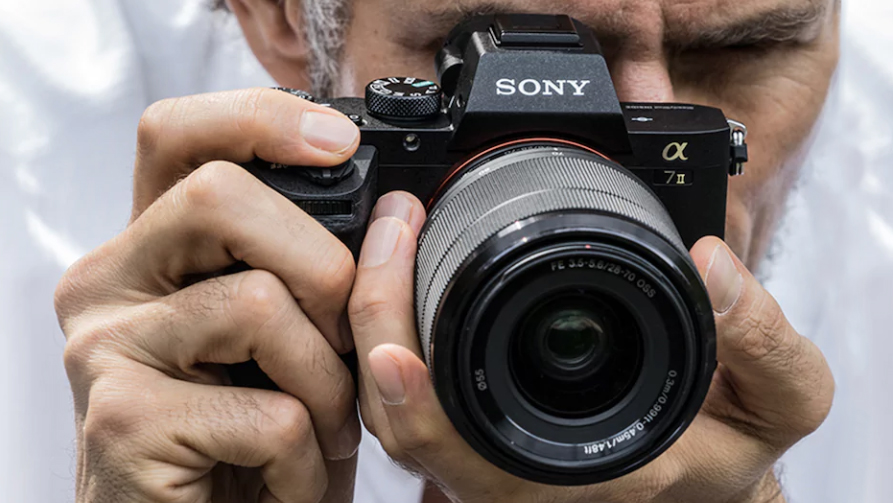
Our top ten list of the best full-frame camera starts below, but we wanted to highlight a camera that, while, not the latest and greatest, is still a great buy. Sony’s Alpha A7 II has since been replaced by the A7 III (which is in position 2, below), but it’s a great option if you’re on more of a budget, or you want to spend more money on lenses.
Still available new (as is the even more affordable Alpha A7), the A7 II includes a great 24.2MP full-frame sensor, a high-resolution electronic viewfinder and a very capable AF system. Handling isn’t quite as refined as the newer Mark III version, but for the incredibly tempting price, this can be overlooked. You’ll be hard-pressed to find a better full-frame camera for this kind of money right now.

Best full-frame cameras in 2019
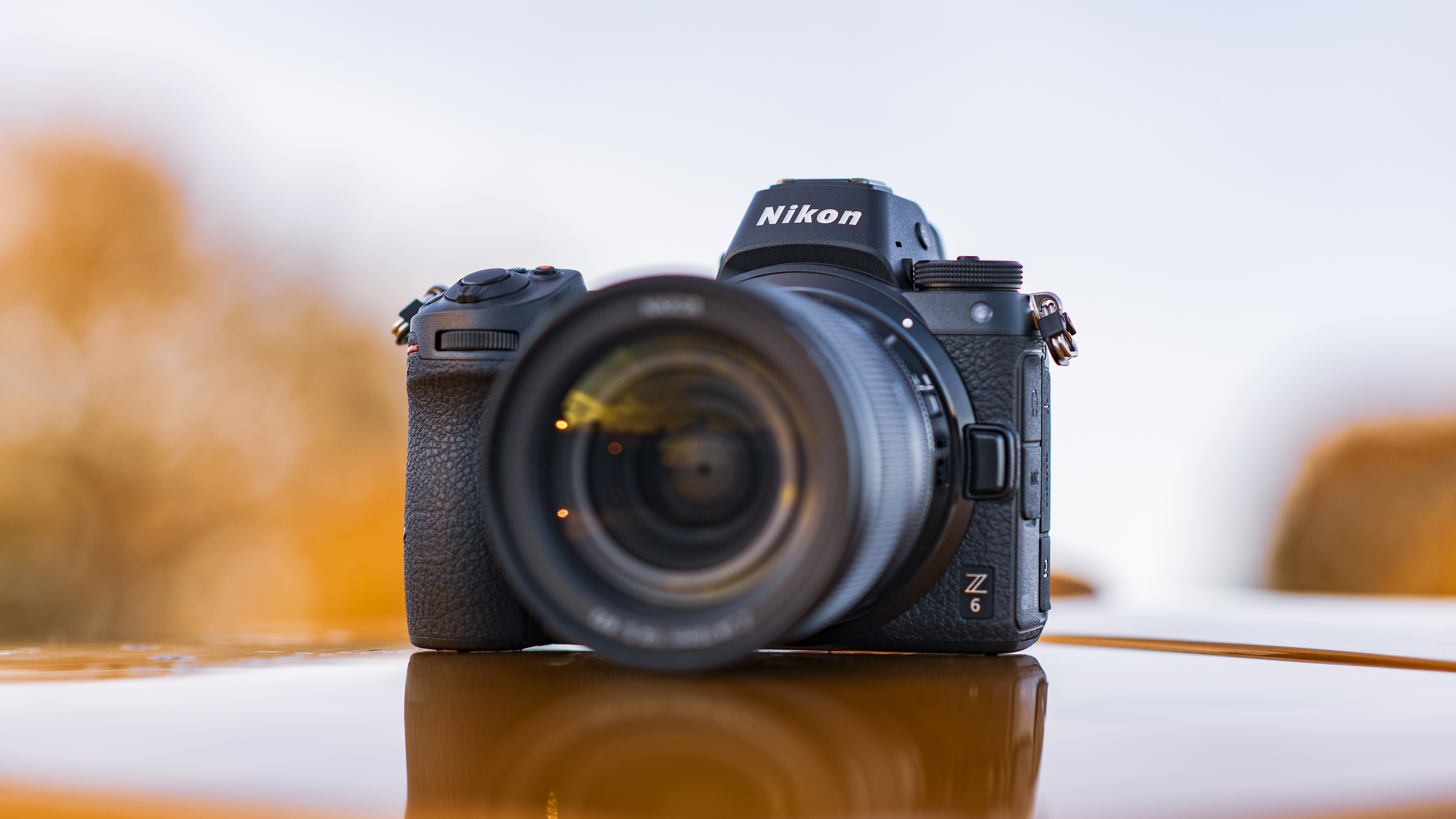
Nikon’s Z6 was the first of two cameras in Nikon’s Z system, and while it’s no longer the newest model around, it retains its spot at the top of our best full-frame camera list. It’s our pick thanks to a brilliant blend of features, performance, handling and price: the 24.5MP sensor delivers beautiful results with great color reproduction and fine detail, while the 273-point AF system works very well and has excellent frame coverage.
There’s also an impressive 12fps burst shooting mode, sensibly laid-out controls, and a large, bright electronic viewfinder. Existing Nikon user? The FTZ adapter means you’ll be able to use your existing F mount lenses too (though check compatibility for older lenses). All this makes the Z6 a brilliant choice for the enthusiast photographer or pro photographer looking for a second body. We can’t wait to see where this system goes from here.

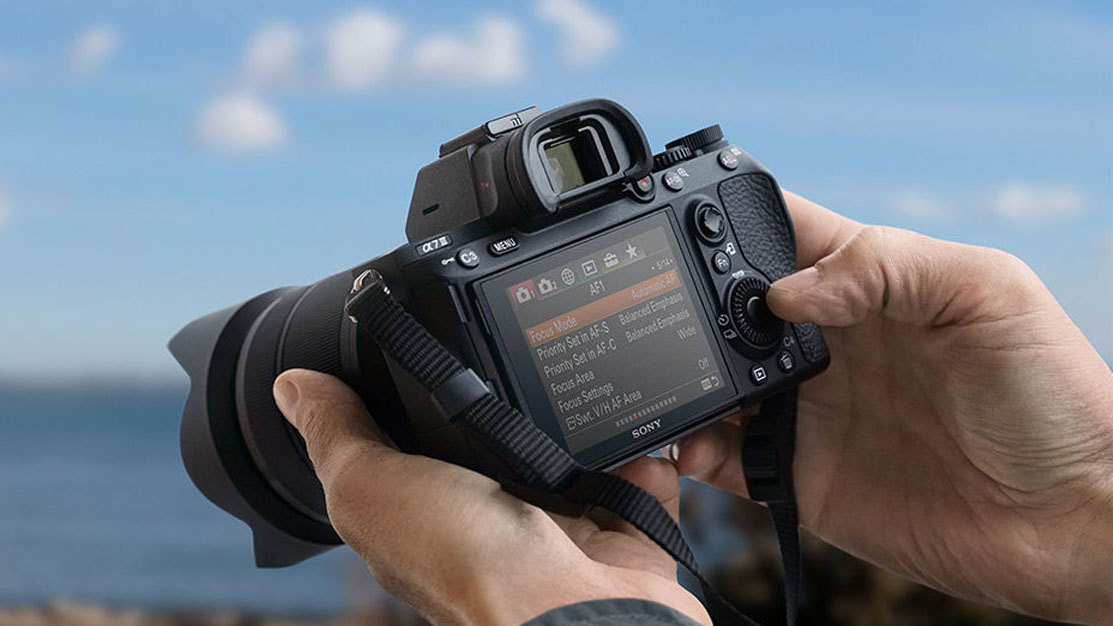
The A7 III has become a firm favourite among enthusiasts and pros these last couple of years, and for good reason. In contrast to the more niche A7R IV and A7S II, the A7 III is a camera for everyone, whether they shoot stills or videos, action or static subjects, indoors or out.
The sensor has a modest 24MP but its backlit design makes for better light-gathering, while the advantage of sensor-based stabilization means you don’t need to worry about this being in your lenses, which is something many other mirrorless cameras don’t have as standard. Add to that a 710-shot battery life – impressive for a mirrorless camera – a slew of video-specific features and the EyeAF feature for tack-sharp portraits and you have yourself quite some camera.

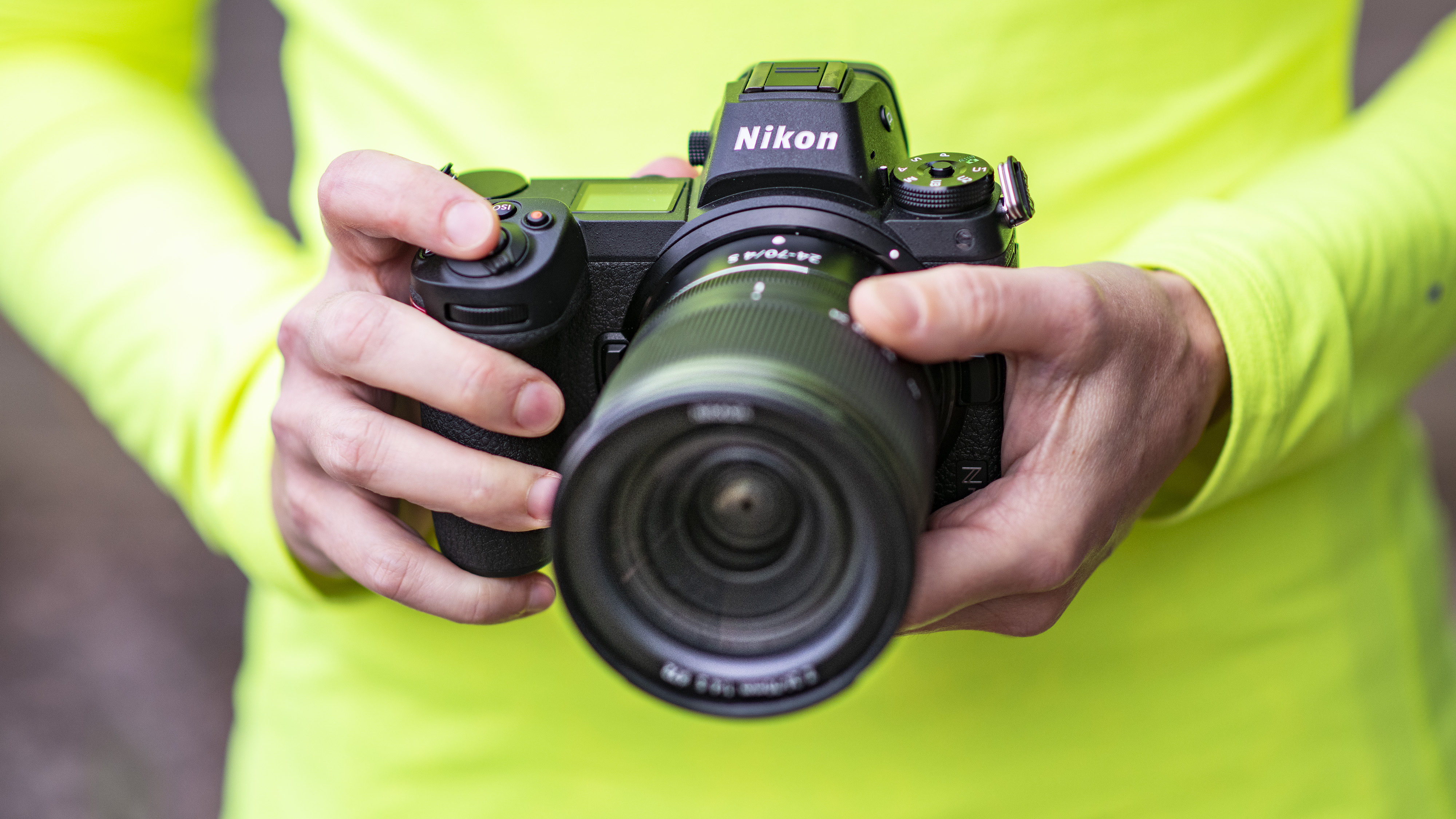
Nikon’s first full-frame mirrorless camera along with the Z6, the Z7 is triumph. As a first-generation camera we should expect the odd hiccup, but the Z7 has been crafted with consideration and it behaves far better than we would expect. A solid sensor, combined with effective image stabilization, together with a beautiful EVF, excellent handling, competent AF performance and great response throughout form the bones of what make this camera such a pleasure to use.
The fact that Nikon allows you to use F-mount lenses through the FTZ adapter also makes the journey from DSLR to mirrorless relatively painless if you’ve already built up a collection of lenses. Like what you see but cash is tight? The 24MP Nikon Z6 (position 1) deserves your attention.

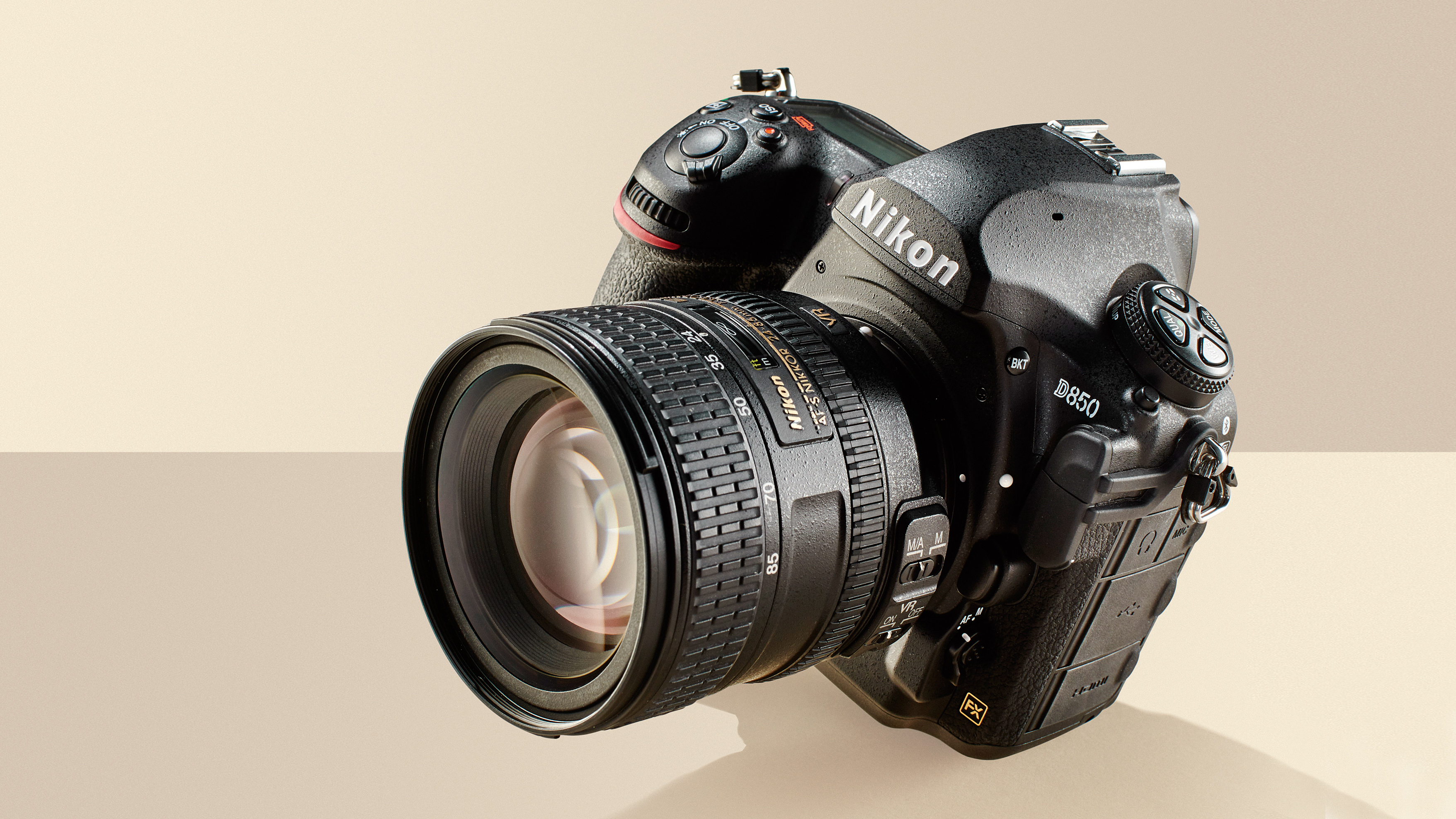
The D850 may have had some of its thunder stolen by the similar Z7 (position 3) but it retains a lot of appeal. It’s one of the most advanced DSLRs we’ve ever tested, with the winning combination of a 45MP full-frame sensor and 7fps burst shooting at its heart, and a wonderful 153-point AF system that makes light work of keeping up with moving subjects.
Videos are recorded in 4K quality and are top notch, while build and design are as close to perfect as it gets right now. Its weight and size make the Z7 a little more desirable for most users, but if you’re shooting sports or other moving subjects and plan on getting the most out of that focusing system, it’s a cracking option.

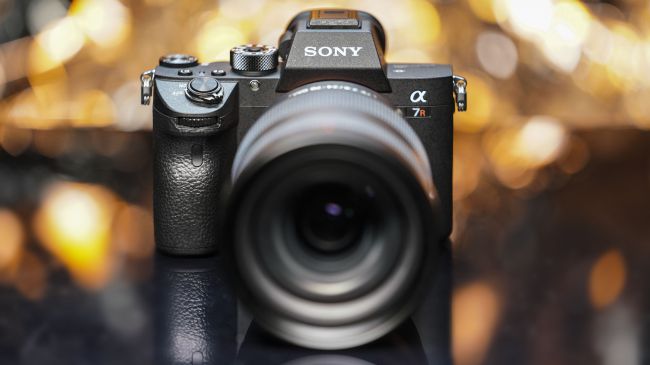
Like the look of the A7 III but want more pixels? Then the 42.2MP Alpha A7R III is the answer. Not only do you get twice the number of pixels, but Sony has managed to keep the burst rate at 10fps. And while the 399-point AF system isn’t quite as advanced at the 693-point system used in the Alpha A9 and A7 III, it still performs brilliantly – especially with the camera’s Eye AF mode that locks onto your subject’s eye.
Like the Nikon D850 (position 4), the Alpha A7R III means you no longer have to sacrifice performance for resolution or vice versa, while it’s versatility means it’s just at home perched on a mountain as it is in a studio or out shooting action.

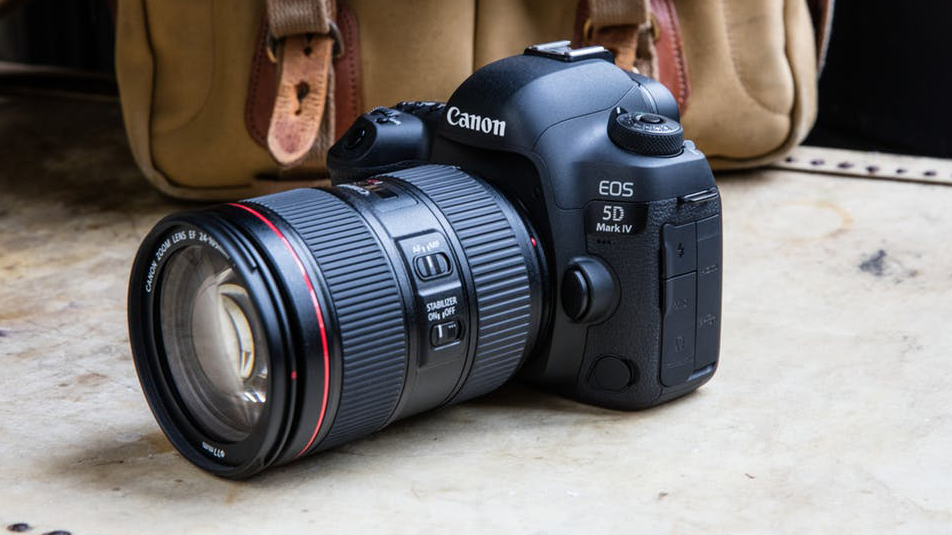
The EOS 5D Mark IV pretty much tweaks and improves everything the Mark III offered. This includes a brilliant 30.4MP sensor that delivers pin-sharp results, together with an advanced and sophisticated 61-point AF system, a pro-spec performance, 4K video and some very polished handling.
We have a few reservations, such as the crop factor and inefficient Motion JPEG option when shooting 4K videos, while the 30MP sensor resolution and 7fps burst rate aren’t as competitive at this price point as they used to be when the camera was first launched. Still, if you’re a Canon user looking for the very best DSLR for a wide range of purposes, this is still very much it.

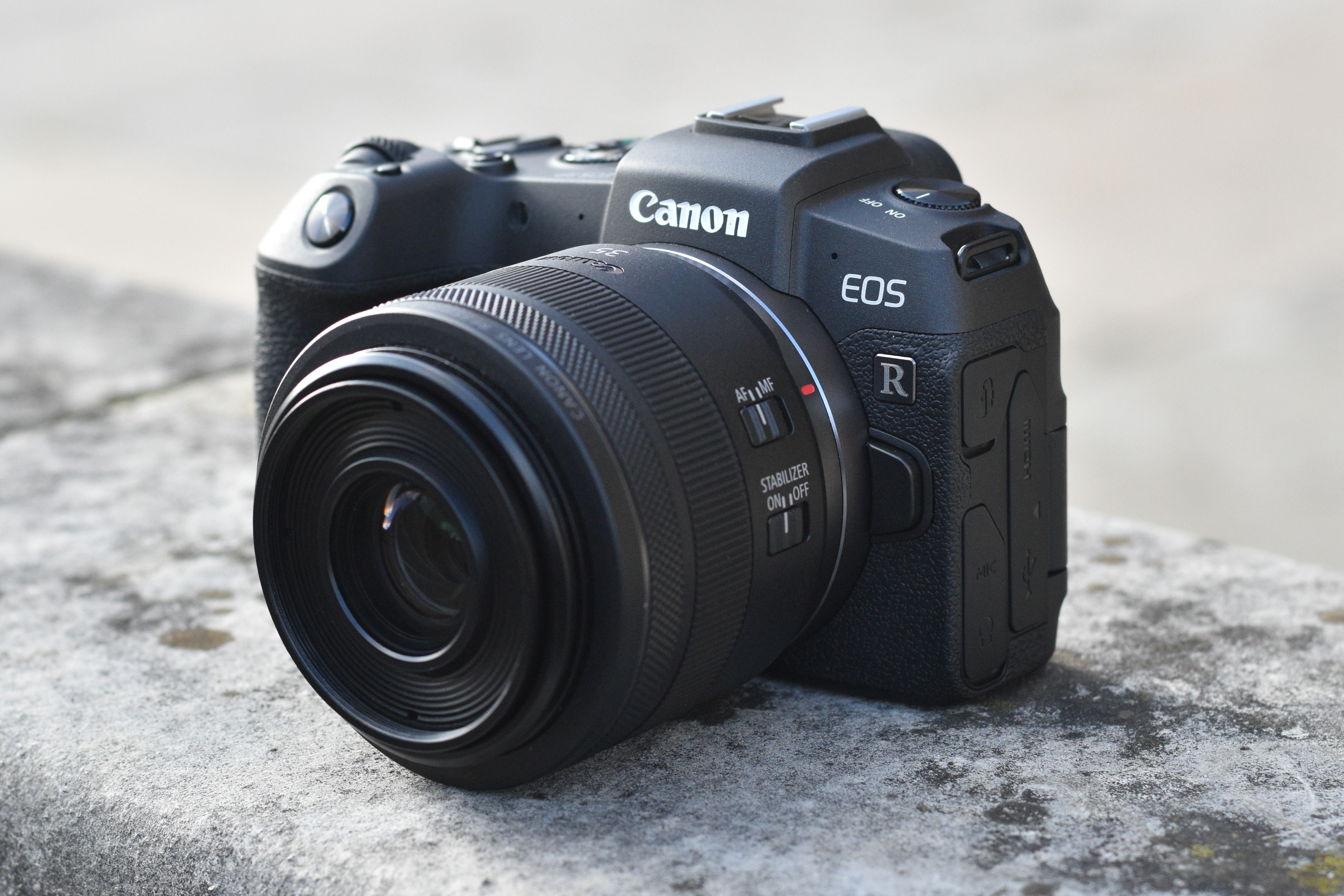
Canon’s first full-frame mirrorless camera, the EOS R, delighted in some ways and frustrated in others, but the EOS RP made a much more positive impression. While technically a more junior model and not as fully featured, it’s much smaller and lighter body, together with a far nicer price, means that it’s far more accessible for those who were hoping to make the jump to mirrorless but didn’t want to stretch all the way to the EOS R.
Without only around 4MP difference between the two you’re not really sacrificing much in terms of sensor resolution, while the responsive touchscreen, fast autofocus and deep buffer make it a pleasure to use in all kinds of situations. Let’s hope Canon fills out the lens range with some smaller and more affordable options, as most current options aren’t quite the most suitable partners.

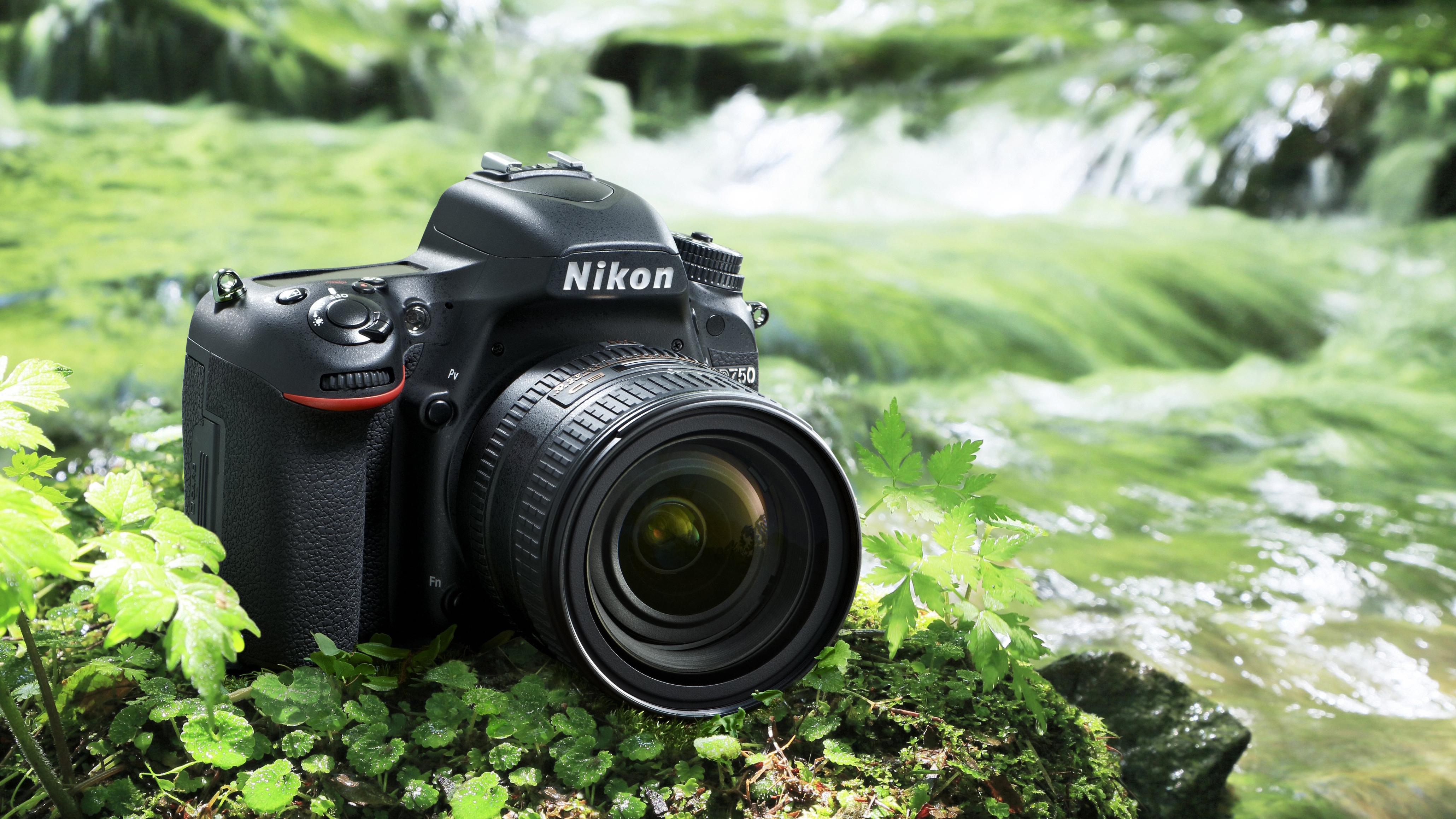
By the standard of today’s DSLRs and mirrorless camera, the D750 is somewhat dated. It employs Nikon’s older (but respected) 51-point AF system, for example, and it can’t capture 4K video, only Full HD clips to 60p.
It doesn’t even have a touchscreen, but it’s still well worth its place on this list thanks to its excellent build, great handling, solid 24.3MP sensor and affordable price. If you don’t need the tricks of modern DSLRs but you just want something reliable that produces excellent images in good light and bad, the D750 is well worth considering –, particularly at this price.

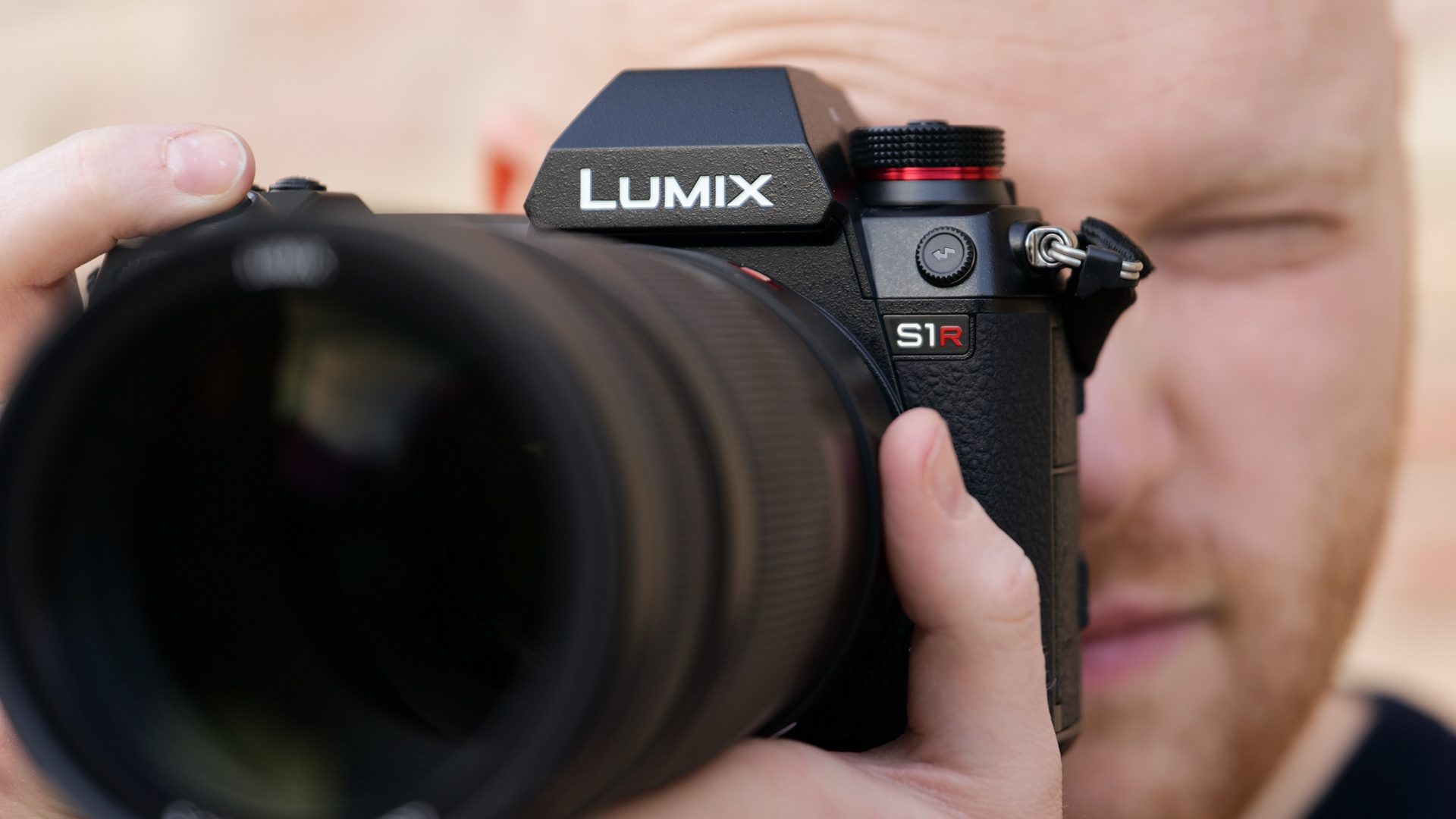
The S1R offers some very impressive tech in a supremely rugged body. The 5.7million-dot viewfinder is, without question, the most impressive on the market right now, while stellar video quality, great image stabilisation and a huge buffer all put a big smile on our face too. At the time of its release, the 47.3MP sensor had the highest number of pixels on any full-frame mirrorless camera too, although it’s now been beaten by the Sony A7R IV.
Its main party trick, however, is the ability to output 187MP images; quite how often you’ll need to print your images to the size of a small country is another matter, but this clearly gives you massive scope for extreme cropping, enlargements to all sizes and homing in on the smaller details in the scene.
We have some reservations with the autofocus system, and it’s a little on the beefy side too, but for its combination of build, features and overall execution, the S1R scores many points.

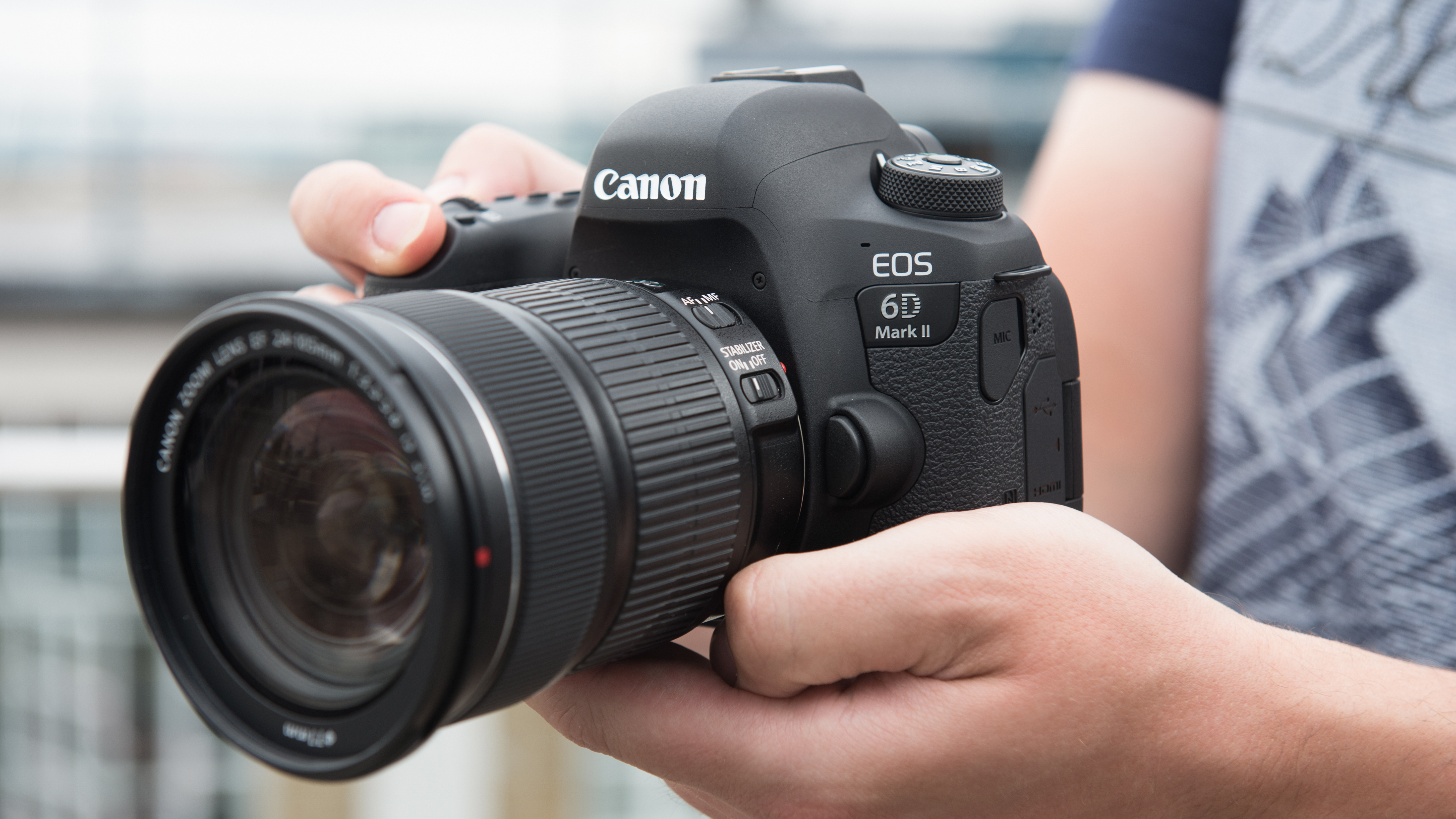
If you’re a Canon user that’s itching to get into full-frame shooting, but you can’t quite stretch to the EOS 5D Mark IV, the EOS 6D Mark II is one of your best options. It might not shoot 4K videos and but it has a respectable 26.2MP full-frame sensor, the excellent Dual Pixel CMOS AF systems for swift and fluid focus, and a touch-sensitive LCD screen that flips all the way around to face the front.
Other sweeteners include Wi-Fi, NFC and Bluetooth, and compatibility with hundreds of older lenses, both from Canon and third parties. Not sold? The other option is the EOS RP mirrorless camera, which is only a touch pricier right now when bought with its EOS-to-RF adapter, which allows you to keep using EF lenses on Canon’s latest breed of a mirrorless camera.

Also, consider…
Nothing from the above take your fancy? There are a couple of other options that you may want to look at.
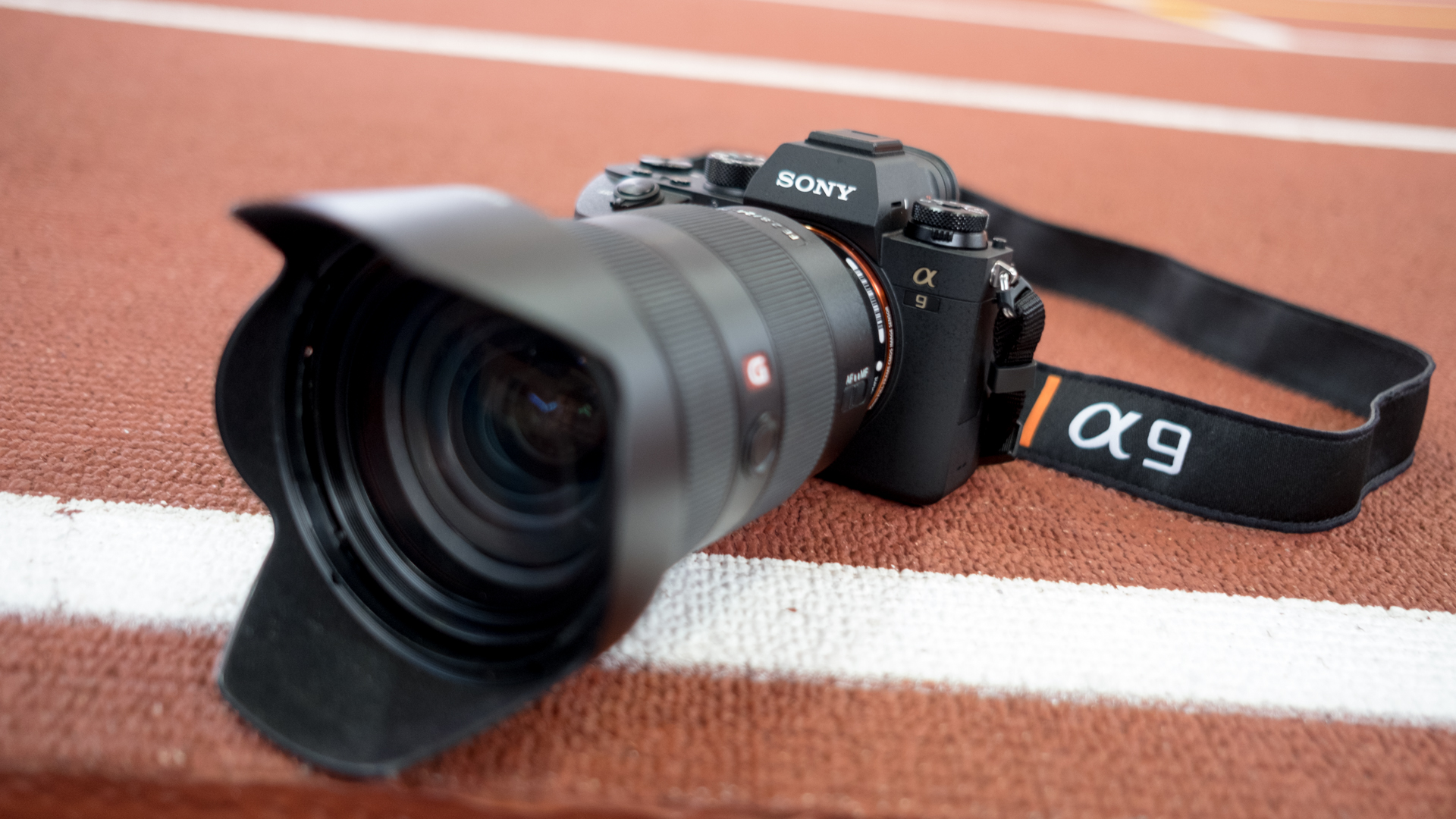
The A9 may now be two years old, but for sports and action shooters it’s still pretty much the best option around. Part of that is down to the core specs, which include a superb 693-point AF system, a huge buffer, oversampled 4K video recording and 20fps burst shooting with no viewfinder blackout.
But another reason is because of how Sony has continued to support it throughout its lifetime, recently blessing it with firmware that radically improves the stickiness of the autofocus system.
The camera is capable of not just keeping an excellent lock on subjects as they move around, but also maintaining this as obstacles present themselves, and that huge buffer lets you keep shooting for extended periods of time. It’s not cheap, but if you’re shooting action, you won’t find a better mirrorless body right now.


Now over three years old, but the D5 is still Nikon’s flagship DSLR and a formidable performer when it comes to capturing the action. The 20.8MP sensor might seem a bit stingy, but it means the D5 can shoot at 12fps continuous shooting, while the extended ISO range of ISO 3,280,000 has never been seen before in a camera.
That’s even before we get to the autofocus system; with a coverage of 173 AF points (99 of which are cross-type), the sophistication and speed of the AF are staggering. The ability to shoot 4K video is restricted to three minutes, however, but that aside the D5 is a phenomenal camera that’s used by professionals the world over.




